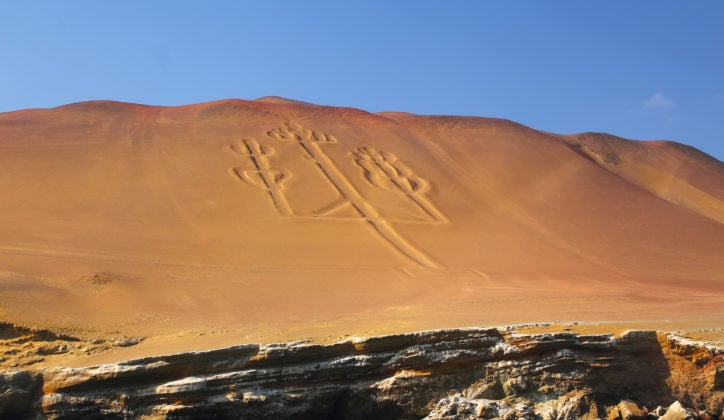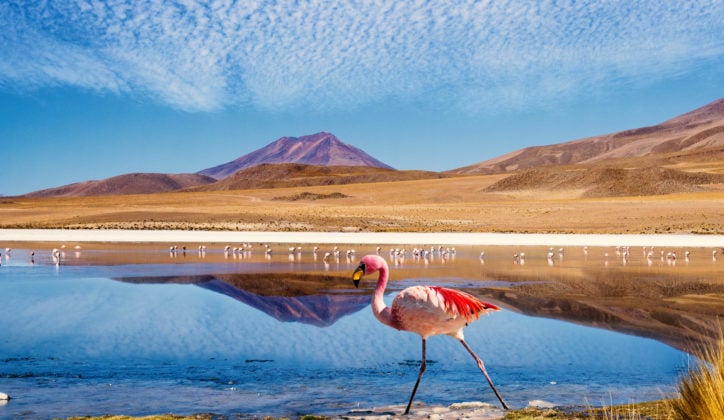Published on: September 5th, 2017
Last modified: March 21st, 2024
There's so much more to Latin America than Machu Picchu and the Amazon . In order to truly learn about a place, it helps to get off the tourist trail and witness its most authentic, hidden corners.
With our list of the continent's most stunning remote locations, get off the beaten track in Latin America and discover its unique culture and history.

1) The Puna, Argentina
Witness the undiscovered and remote corner of the world that is the Puna. With few other signs of life (apart from the resident animals), this part of Argentina provides a truly adventurous and extraordinary expedition. A private 4WD drive here brings you across beguiling sights of giant pumice stone fields, martian landscapes and age-old volcanoes.

With terrain ranging from salt flats and turquoise oases to ancient Incan trails and desert labyrinths, dotted with flocks of flamingos, herds of llamas and clay-brick pueblos, you’ll feel almost as if you’ve alighted on the remote plains of another planet, ripe for exploration.


2) Chachapoyas, Peru
Explore authentic ruins of an ancient civilisation in this vast Peruvian cloud forest high up in the Andes. This mountainous and little-visited land is home to archaeological gems such as the large Kuelap Fortress, Purunllacta and the cliff-edge burial sites of Pueblo de los Muertos and Karajia. What’s more, just one hour from this little town is the impressive Gocta waterfall.

The people of the ancient Chachapoyas civilisation were known as the ‘Warriors of the Clouds’, and were known for their unique circular architecture. Whether exploring this fascinating pre-incan archaeology, or diving into the region’s wealth of untouched flora and fauna, the region is sure to inspire and beguile you.


3) The Aisen Region, Chile
Chile‘s Aisen Region is a practically untouched fairytale dreamscape of dense evergreen forest, shimmering turquoise lakes, and formidable Patagonian Ice Fields. The most sparsely populated region in the country, you’re more likely to glimpse dolphins, marine otters or South American Sea Lions than another human being.

Take a kayak or boat ride down Lago General Carrera to unearth the natural phenomenon of Patagonia’s Marble Caves. Due to the effects of years’ of wind and water, these solid marble caverns, tunnels and pillars have transformed into dazzling visions of blue and grey cave chambers lying within an alluring aquamarine lake.


The best of the rest
4) Trujillo and Chiclayo, Peru
Aztecs and Incas are just the tip of the iceberg when it comes to Latin America’s wealth of ancient cultures. Lose yourself in the pre-Colombian archaeological sites and ancient Chimu ruins of Peru‘s Moche Valley, including the vast Adobe Palace complex of Chan Chan, the Huaca del Luna and Huaca del Sol, as well as the Tucume Valley with its mesmerising array of pyramids and tombs. What’s more, the coastline here boasts some of the world’s best surf conditions, making a nice contrast to the cultural intensity of the inland sites.
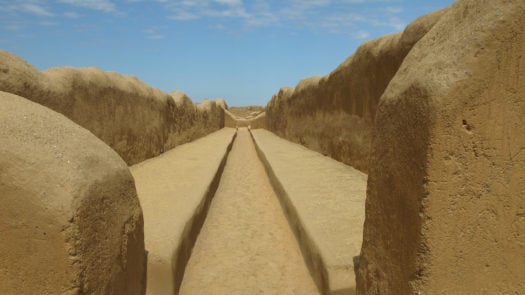
5) Uyuni Salt Flats, Bolivia
While the surreal marvel of the Bolivian salt flats may be one of the country’s top attractions, they are certainly one of Latin America’s most magnificent off road sights. Take a 4×4 excursion here to experience a glistening reflective blanket of horizon-defying still whiteness that offers spectacular photo opportunities and is sure to take your breath away.

6) Tikal, Guatemala
Buried amidst a dense and mythical jungle, Tikal is one of the greatest surviving sites of the ancient Mayan civilisation. The site is bursting with history and mysticism, located in one of Guatemala‘s most remote regions, and for an extra exclusive experience your guide can arrange for you to camp in the middle of the jungle next to an ancient Mayan village.

7) The Lares Trail, Peru
The quieter, traditional alternative to the Inca Trail, the Lares Trail offers a trek among the Sacred Valley’s most fascinating archaeological Incan gems including Ollantaytambo and Machu Picchu. This unique trek takes you to remote and authentic settings where you can witness alpacas and condors, indigenous people and natural wonders of glacial lakes and snowy summits.
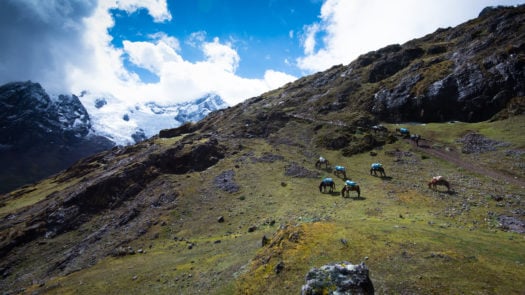
8) Inkaterra Field Station, Peru
For anyone looking to experience the Amazon through some truly authentic and scholarly projects, this is the ultimate destination. Initially created as a training facility for Inkaterra’s guides and a research centre for scientists, this station in the midst of the vast Tambopata National Reserve (one of the most biodiverse ecosystems in the world), is now offering travellers accommodation as well as hands-on experience with their expert guides and scientists.

9) Chiloé, Chile
Chile’s second largest island, yet vastly less travelled, Chiloe is a place filled with mystery and intrigue. Locals give a warm welcome to their humble home of colourful fishing harbours set among scenery of misty hills and little coves. There are lots of hiking and boating opportunities here, plus the seafood is delicious.

10) Esteros del Ibera, Argentina
Possibly Argentina‘s best kept secret, this huge wetland region in the north is an absolute paradise for wildlife and nature lovers. It’s best explored on horseback or by boat, where you can traverse the wetlands, lagoons, floating islands, tropical forest and savannah in search of capybara, caiman, deer, monkeys, snakes, giant otters and hundreds of species of birds.

11) The Osa Peninsula, Costa Rica
This remote part of Costa Rica in the Corcovado National Park is home to an impressive amount of wildlife, housing a flourishing rainforest, rare animals and countless nature trails. There is also a striking world of marine life here so snorkelling and diving among the vibrant coral reefs are highly recommended.

12) Cotopaxi, Ecuador
Though Quito is Ecuador’s UNESCO World Heritage Site, the stunning and rural Cotopaxi National Park is just a few hours’ drive away and home to the planet’s largest active volcano. With its picture-perfect cone-shaped peak, this is a majestic sight to see while many other volcano summits, serene lagoons, valleys and brooks can also be found here.

13) Choquequirao, Peru
If lesser known, mysterious treasures are what you’re after then head to Machu Picchu’s secret sister citadel of Choquequirao. Found off the tourist track in the foothills of the Salkantay Mountain Range, the alternative of Choquequirao still enjoys the majesty that the world-famous fortress does, but can only be accessed by a twenty minute hike through subtropical jungle, promising fewer visitors and a deeper sense of discovery.

14) Colca Canyon, Peru
Get off the tourist trail and take the scenic journey from the white city of Arequipa to the ancient and peaceful land of Colca Canyon, whose dramatic scenery features places twice as deep as the Grand Canyon. This gorgeous drive takes you along sweeping roads across rugged scenery, past herds of Vicunas and down to sea level where the ocean rises to greet you and condors soar overhead.

15) Paracas and Nazca, Peru
For an unforgettably remote and authentic experience, travel from Lima to Cusco taking in the sights of the Peruvian coast, the Andes, Paracas and Nazca. Witness the ‘mini-Galapagos’ islands of Ballestas in Paracas where huge numbers of sea lions and birds can be found, before arriving at the little town of Nazca to see the enormous and mysterious lines in the ground. Then, ascend through Andean land passing by Pampas Galeras National Reserve where the country’s national symbol, the vicuña, can be found before arriving at the Incan city of Cusco.

16) Palccoyo, Peru
A wonderful alternative to Rainbow Mountain, or Vinicunca, the little-known Palccoyo mountain is located to the south of Cusco. Formations of colourful striped rock surround the mountain, making for an extremely captivating view. Palccoyo sits at an altitude of 4,900 metres, or 16,076 feet, but is a shorter and far less crowded trek than the one at Vinicunca. With the snow capped peaks of the Ausangate mountains in the distance, and far fewer crowds than Rainbow Mountain, this colourful landscape is a wonderfully hidden alternative.

Get off the beaten track with our top example trips...
Feeling inspired? Talk to one of our experts today and start creating your unique off-the-beaten-track trip to Latin America.
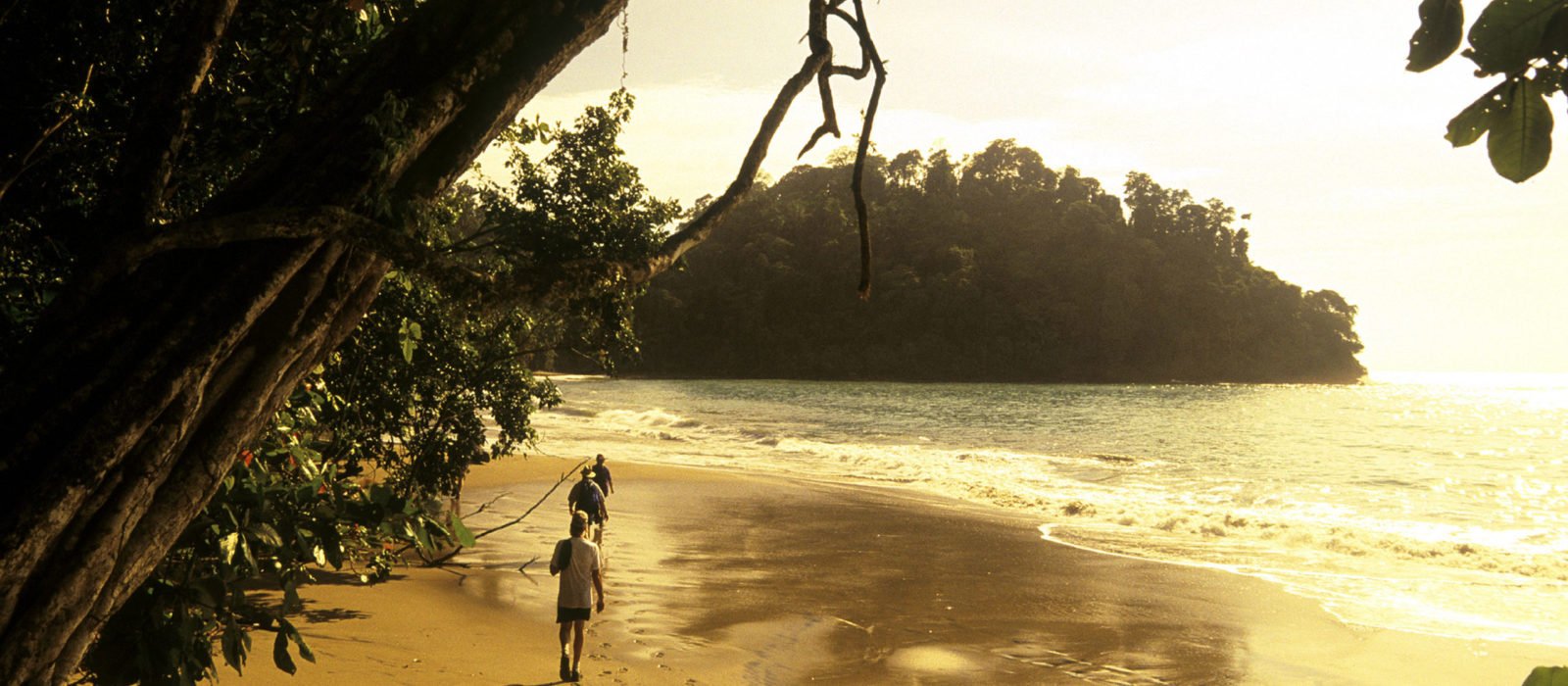


-724x420-cc.jpg)
